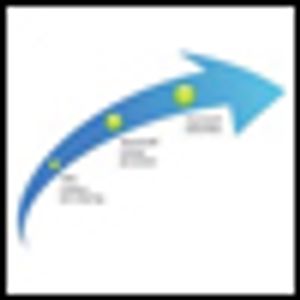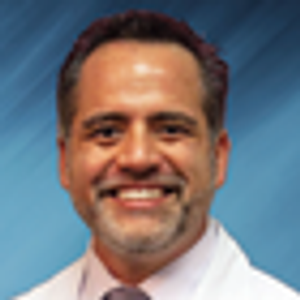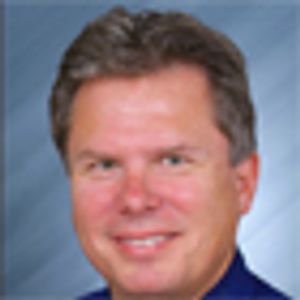Articles by David Eagle, MD
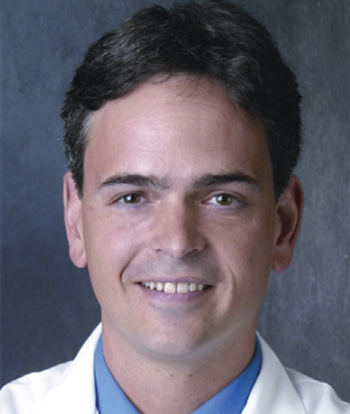
Patient satisfaction data can give practices insight into their operations and make specific, practice-level adjustments accordingly, and with aggregated data we can gain insights into global practice responsiveness and patient perceptions regarding care.

The historical rationale for the 340b program is a good one: indigent patients do need reliable access to prescription drugs, and entities meeting this need should be supported. However, the evolution of the 340b program has strayed widely from its original intent.

The community oncology practice is the nation’s headquarters in the war on cancer. Eighty-five percent of all cancer patients receive their treatment in local community oncology practices.
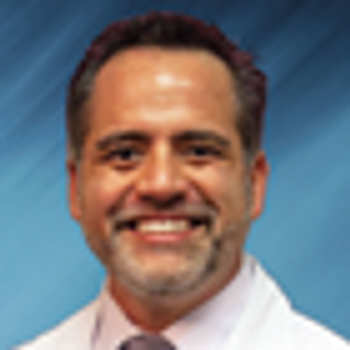
Now is a critical moment for all involved in caring for cancer patients to engage in this national policy debate; numerous cancer advocacy organizations have already joined the effort to oppose the sequester cuts to oncology drugs.

In Part II, I focus on ideas and specific programs that may slow the growth of spending while, it is hoped, minimizing the impact on what we all want: sustainable access to high-quality therapy and continued innovation. Finally, I will consider another fundamental question: Is current spending worth it?

In Part I of this article, I will focus on our current understanding of drivers of cost for oncology care and the effect of the high cost on patients, as well as on how patients value treatment.
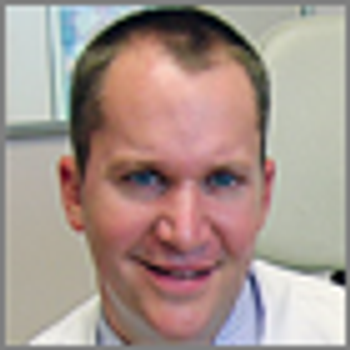
CancerNetwork speaks with two practicing oncologists about how the recent Supreme Court decision to uphold the Affordable Care Act will affect oncology practices and patients.
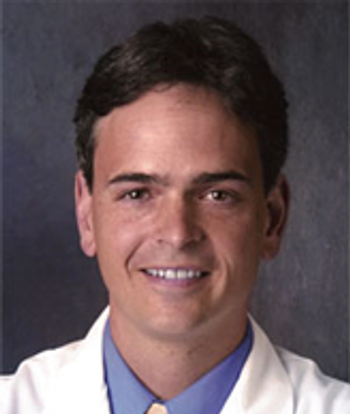
Nationally, the number of drug shortages has tripled since 2005. Our county’s hospice agency has experienced shortages of liquid morphine, scopolamine patches, and medications to relieve nausea. Other generic drug shortages in our clinic have included paclitaxel, leucovorin, and doxorubicin. We have had limited ability to order fluorouracil (5-FU) and mitomycin.
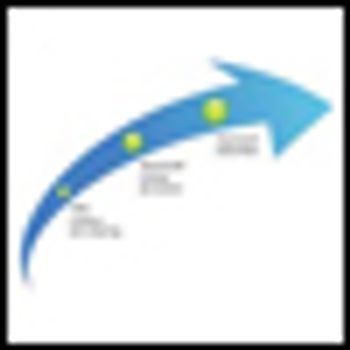
In 2003, the Institute of Medicine (IOM) issued a report outlining key capabilities of an electronic health record.[1]

Compared with almost any other career, the path to becoming a physician requires a substantial upfront commitment of time, effort and, of course, cost. For oncology specifically, an additional ten years of training after college are required before seeing your first patient independently. In a sense, the day you finish your fellowship, you are already fully “committed.”

Survival for cancer patients in the United States ranks among the highest in the world.[1] Despite the demonstrated success of the US cancer delivery system, government and private payers are forcing changes to the delivery of and payment model for oncology care.











